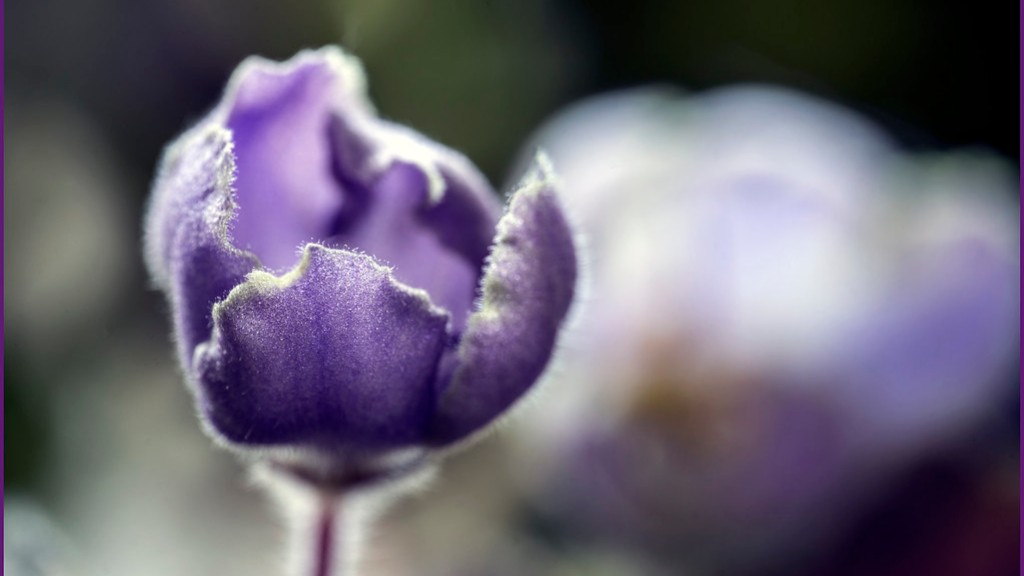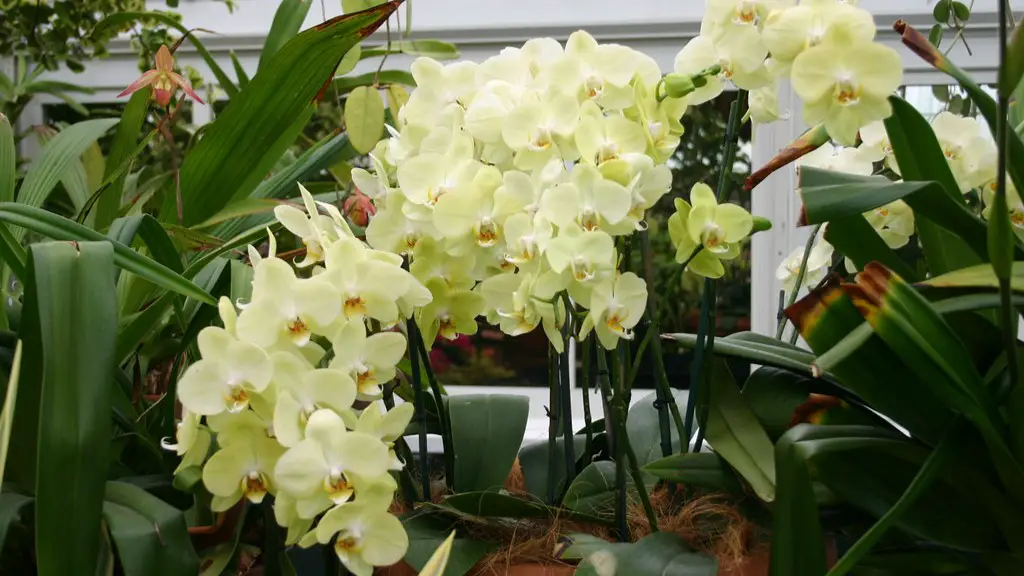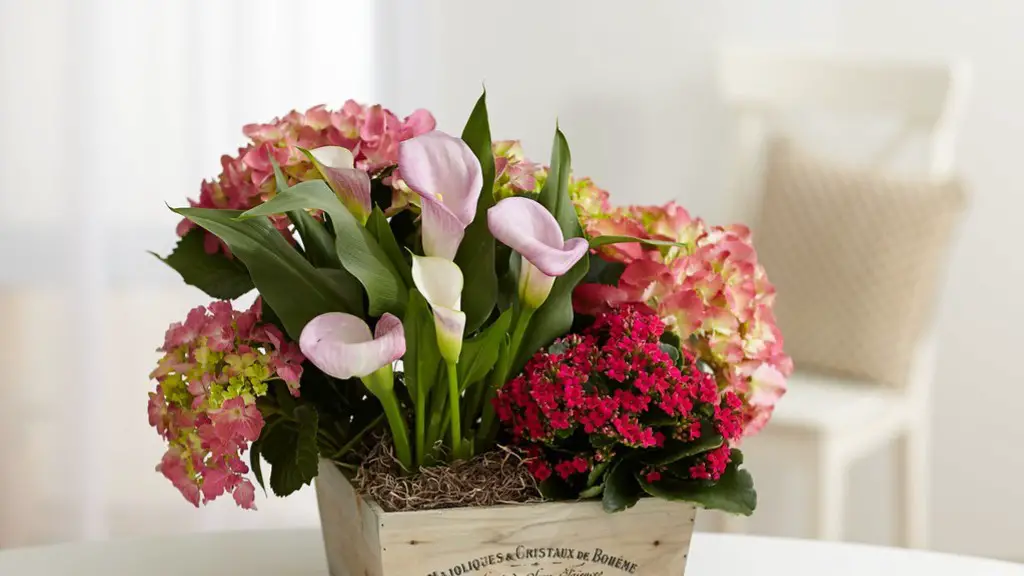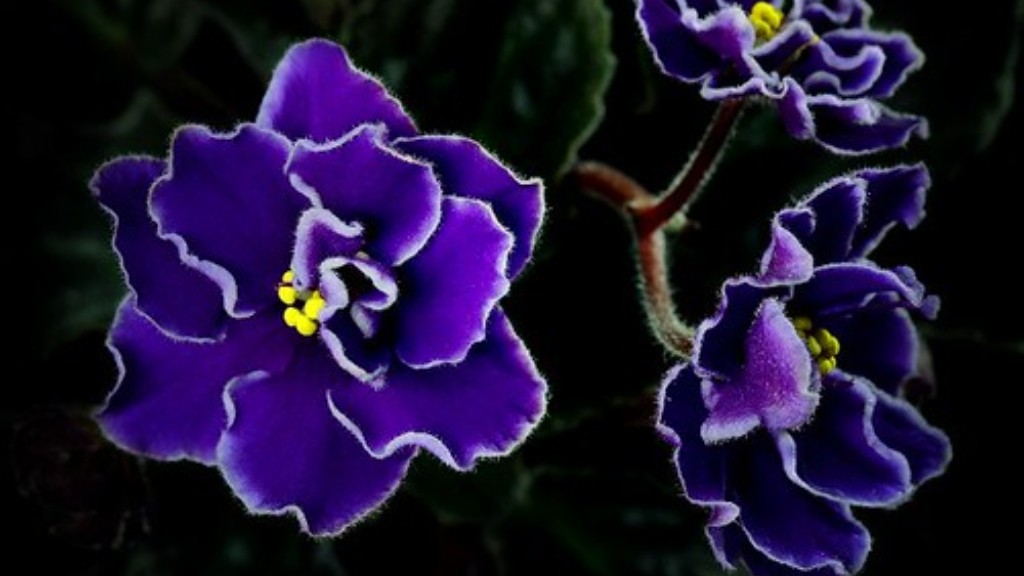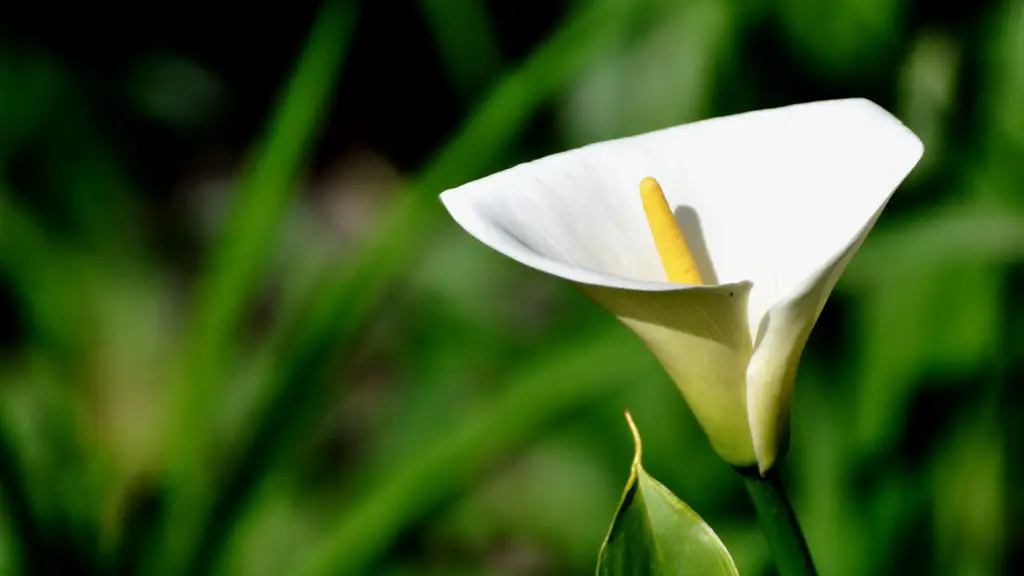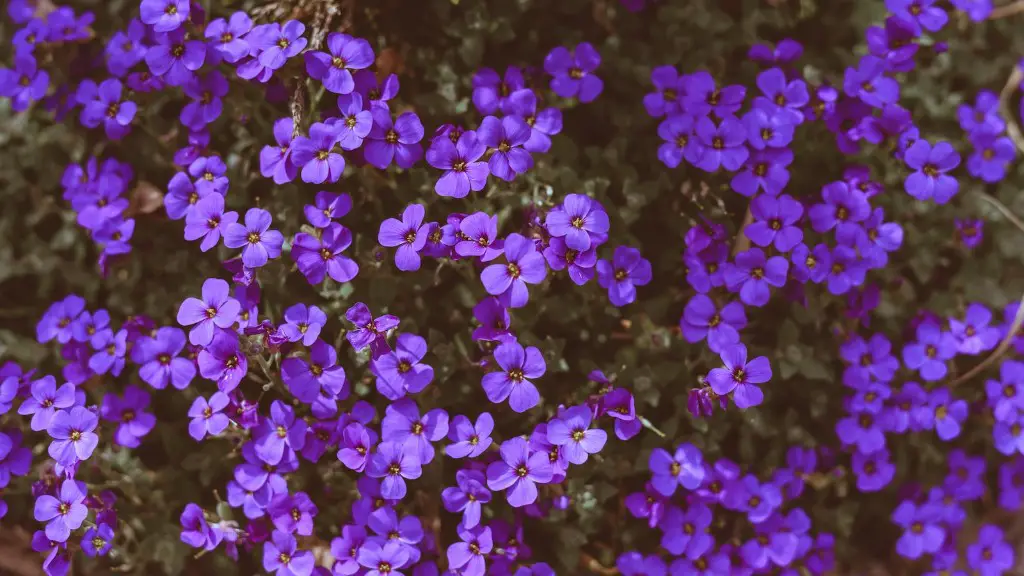African violets are a type of houseplant that are native to Africa. They are known for their colorful flowers and their ability to thrive in humid environments. African violets are relatively easy to care for, but they can be susceptible to root rot if they are not watered properly. When watering African violets, it is important to use lukewarm water and to avoid getting water on the leaves, as this can cause them to brown. African violets can be propagated by division or by using leaf cuttings.
If you want to slip pot African violets, you will need to take some leaf cuttings from the plant and then pot them up in some moist soil. Be sure to keep the leaves moist until they start to roots.
How do you slip an African violet?
African violets are a popular houseplant, and they can be propagated from leaves. To do this, choose a leaf that is healthy and fresh, but has been established on the plant. Trim the petiole (the stem) to about ½ to 1 inch in length, and plant the cutting. Give it sunshine, and soon you will see plantlets sprouting.
African violets are one of the most popular houseplants. They are relatively easy to care for and can bloom year-round with proper care. One of the most common questions about African violets is how to divide them.
Here are a few tips on how to split African violets:
1. Water the plant thoroughly before dividing. This will help reduce stress on the plant.
2. Prepare new potting medium for the divisions. Sterilize the potting mix and tools beforehand to avoid introducing any diseases.
3. Remove the plant from the pot and locate the separate crowns.
4. Slice between the crowns with a clean knife.
5. Plant the divisions in a clean pot and water well.
African violets can be divided every few years to help them stay healthy and bloom well. With a little care, your divisions will thrive and provide you with beautiful blooms for years to come.
What is the best way to separate African violets
Splitting African Violet babies or pups is a great way to propagate your plant and create new plants. To split the pups from the plant, simply cut them off from the main stem of the plant and pot them in their own soil. They will grow their own roots soon and turn into a new plant.
African violets typically bloom better when they are root-bound, meaning that their roots are crowded in their pot. It is generally good practice to repot houseplants periodically, about every 1-2 years, to refresh the soil. When repotting, you can usually just use the same pot after cleaning it well and adding fresh potting mix.
Is it OK to touch African violet leaves?
If you want to keep your african violets healthy and looking their best, don’t brush their leaves! Repeated brushing can damage the plant and make it smaller over time. So admire them from a distance, and enjoy their beauty without disturbing them!
African violets are a type of plant that can be watered from the top or bottom. It is important to use lukewarm or warm water, as cold water can damage the plant. If you water from the top, be careful not to get water on the leaves when the plant is in the sun, as this can cause leaf spots.
Is it better to root African violets in water or soil?
If you’re looking to quickly and easily root African violets, the best way to do it is by using a leaf in water. This method is quick, easy, and doesn’t require any special materials or equipment – you can even use a leaf from an existing African violet plant, or from a friend’s plant. Simply place the leaf in a glass or jar of water, and keep it in a warm, sunny spot. In a few weeks, you should see new roots growing from the leaf. Once the roots are a few inches long, you can transplant the leaf into a pot of soil, and it will continue to grow into a new plant.
Once you have finished repotting your Violet, you may want to keep it in a bag for one week. This will help it to adjust to its new pot and soil. After you have removed the Violet from the bag, it will be safe to resume your normal watering and fertilizer schedule.
How do I know if my African violet needs to be repotted
Your African violets need to be repotted about once a year. It’s always a good idea to check the roots to see if they are pot-bound before repotting. When repotting, use a pot that is only slightly larger than the current pot. Be sure to use a well-draining potting mix specifically for African violets. Water the plant well after repotting.
African violets are very sensitive to overwatering. You should always allow the soil to dry between waterings. Too much water creates soggy soil and can cause a wilted or dying plant. A plant sitting in soggy soil will develop root rot, which can quickly lead to crown rot.
How long should African violets sit in water?
If you’re African violet is being finicky about its water, make sure the water is either tepid or at room temperature before giving it to your plant. It’s best to let the water sit for 24-48 hours, but if you can’t, then let it stand for at least an hour. This will help ensure that your plant gets the hydration it needs without any stress.
If you have an African violet that is leggy and bare, the best way to save it is by cutting it off at the soil level and re-rooting it. Fill a pot with a well-draining soil mix and cut the African violet stems at the soil level. Remove any dead or sickly foliage.
Can a pot be too big for an African violet
If your pot is too small, your plant will not have enough room to grow. If your pot is too big, your plant will have trouble blooming. African violets do best when they are slightly pot-bound, so choose a pot that’s on the smaller side.
When potting a violet, the size of the pot should be about one-third the diameter of the leaves. For example, if the diameter of the leaves is 12 inches, your violet will be happiest in a 4 inch diameter pot that is 3 inches deep.
How big of a pot does an African violet need?
The ideal pot size for an African Violet plant is 1/3 of the size of the plant. This means that the diameter of the African Violet plant should be 3 times the diameter of the pot. For example, if the diameter of the African Violet plant is 3″, it should be in a 1″ pot.
When watering your African violet, be careful not to mist the foliage as this can cause permanent leaf spotting. Use room temperature water and water the plant at the base, being careful not to saturate the crown as this can lead to crown rot.
Warp Up
There is no one-size-fits-all answer to this question, as the best way to slip African violets may vary depending on the plant and the pot size. However, in general, it is best to water the African violet well and then carefully remove it from the pot. Next, gently loosen the roots and replant the violet in a new pot that is slightly larger than the original. Finally, water the plant again and place it in a bright, filtered light location.
If you’re looking to add some African violets to your pot slip collection, there are a few things you need to know. First, African violets need well-drained, moist soil. They also prefer bright, indirect light and moderate humidity. When potting African violets, be sure to use a pot that has drainage holes and use a light, airy potting mix. Water African violets when the top of the soil is dry to the touch and fertilize every other week using a half-strength, liquid fertilizer. With a little bit of care, you’ll have beautiful, blooming African violets in no time!
